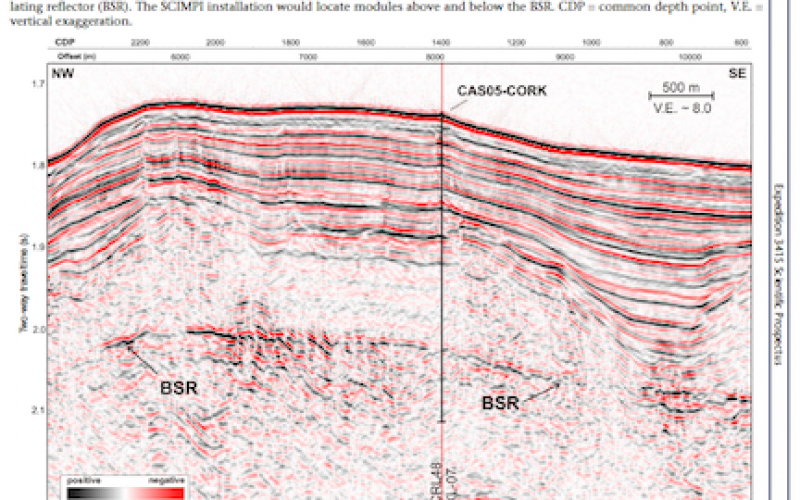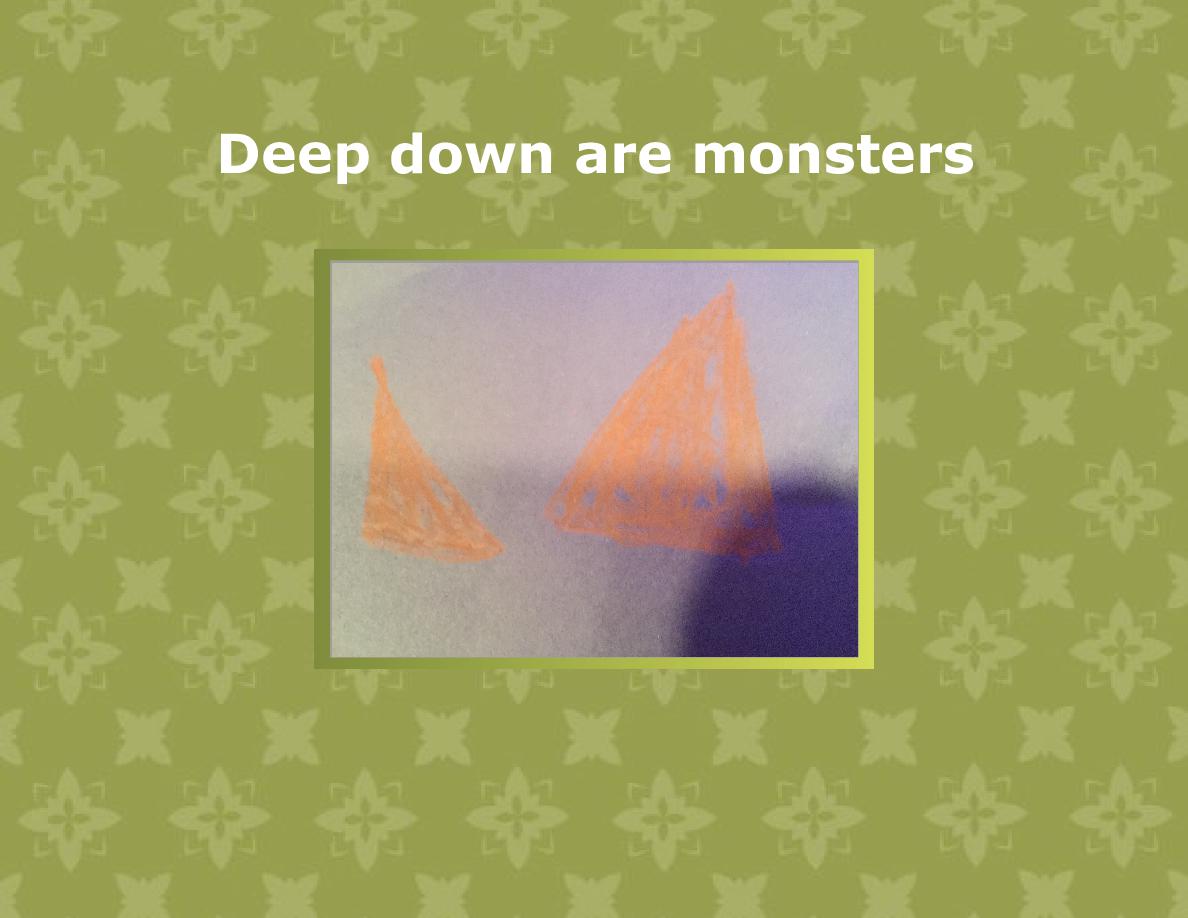

If you looked in the right places on the Moon, you would find pieces of equipment, American flags, and even a camera left behind by astronauts. The craters themselves, which have been preserved for billions of years, provide an impact history for the Moon and other bodies in the inner solar system. These light and dark areas represent rocks of different compositions and ages, which provide evidence for how the early crust may have crystallized from a lunar magma ocean. The dark features, called maria (Latin for seas), are impact basins that were filled with lava between 4.2 and 1.2 billion years ago. The light areas of the Moon are known as the highlands. Beneath is a region of fractured bedrock referred to as the megaregolith. Nearly the entire Moon is covered by a rubble pile of charcoal-gray, powdery dust, and rocky debris called the lunar regolith. Over billions of years, these impacts have ground up the surface of the Moon into fragments ranging from huge boulders to powder. Tycho Crater is more than 52 miles (85 kilometers) wide. With too sparse an atmosphere to impede impacts, a steady rain of asteroids, meteoroids, and comets strikes the surface of the Moon, leaving numerous craters behind. The newly formed Moon was in a molten state, but within about 100 million years, most of the global "magma ocean" had crystallized, with less-dense rocks floating upward and eventually forming the lunar crust. The resulting debris from both Earth and the impactor accumulated to form our natural satellite 239,000 miles (384,000 kilometers) away. The leading theory of the Moon's origin is that a Mars-sized body collided with Earth about 4.5 billion years ago. Long ago the Moon had active volcanoes, but today they are all dormant and have not erupted for millions of years. It is made of oxygen, silicon, magnesium, iron, calcium, and aluminum, with small amounts of titanium, uranium, thorium, potassium, and hydrogen. The crust has a thickness of about 43 miles (70 kilometers) on the Moon’s near-side hemisphere and 93 miles (150 kilometers) on the far-side. It is most likely made of minerals like olivine and pyroxene, which are made up of magnesium, iron, silicon, and oxygen atoms. The mantle extends from the top of the partially molten layer to the bottom of the Moon's crust. A partially molten layer with a thickness of 93 miles (150 kilometers) surrounds the iron core.

It is surrounded by a liquid iron shell 56 miles (90 kilometers) thick. The solid, iron-rich inner core is 149 miles (240 kilometers) in radius. The Moon’s core is proportionally smaller than other terrestrial bodies' cores. StructureĮarth's Moon has a core, mantle, and crust.

Because Earth is moving as well – rotating on its axis as it orbits the Sun – from our perspective, the Moon appears to orbit us every 29 days. The Moon makes a complete orbit around Earth in 27 Earth days and rotates or spins at that same rate, or in that same amount of time.
#Depths of the earth quickpress full#
And a "new moon" occurs when the far side of the Moon has full sunlight, and the side facing us is having its night. During a "full moon," the hemisphere of the Moon we can see from Earth is fully illuminated by the Sun. The changing illumination is why, from our perspective, the Moon goes through phases.

As the Moon orbits Earth, different parts are in sunlight or darkness at different times. Some people call the far side – the hemisphere we never see from Earth – the "dark side" but that's misleading. The Moon is rotating at the same rate that it revolves around Earth (called synchronous rotation), so the same hemisphere faces Earth all the time. Credit: NASA Visualization Technology Applications and Development (VTAD)


 0 kommentar(er)
0 kommentar(er)
